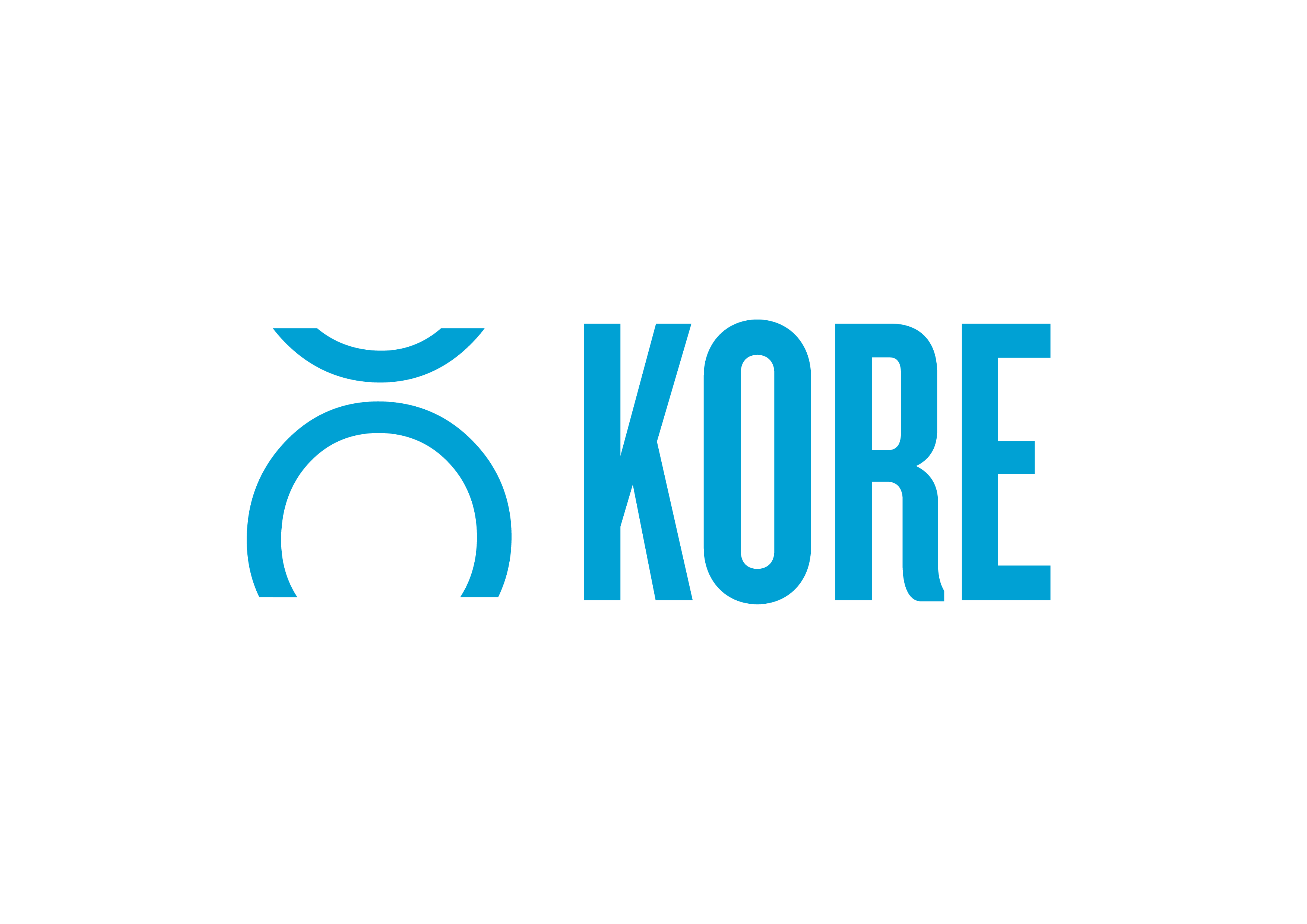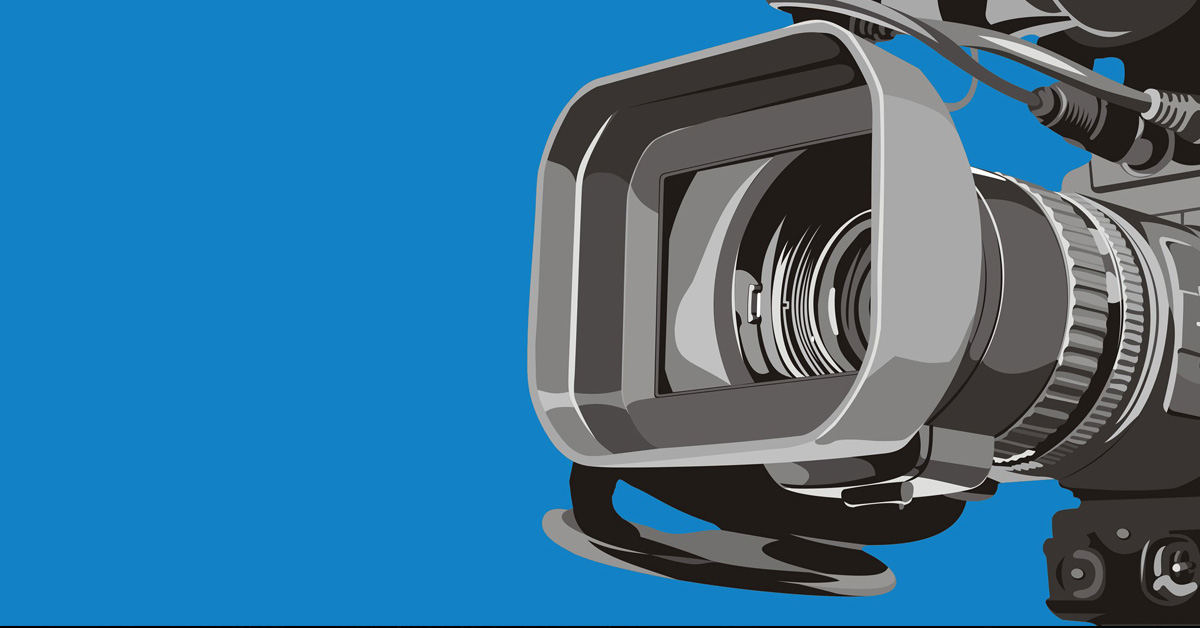All of the sudden, in 2019, we had more ways than ever before to consume our sports and entertainment content.
Just three to five years ago it was so straight forward; we had free-to-air or cable/pay TV as the broadcasting partners for sport, music, and entertainment. Nowadays, there are endless other channels via social media, dedicated streaming services, secondary TV channels and, of course, still the same main-stay TV channels.
Is this a danger for partnerships?
On the surface, without much thought, most people would conclude that this evolution is too much dilution and dangerous to the success of broadcast partnerships. I have had many conversations with people who say that the peak of broadcast deals has been reached and that sports, in particular, need to start planning for sharp declines in revenue and deal sizes or face significant turmoil commercially at the time of renegotiation.
I totally disagree!
Why I Disagree
If you delve into the variety of options now, you will note that in the main, the actual broadcasters are the same. The commentary and the feed all come via the main broadcast partner.
The exception to this are some smaller and commissioned broadcasts. These, however, would have previously gone un-broadcasted anyway.
As such, the main broadcast feed, regardless of the channel, is still being captured, shared, and consumed with the main broadcast partner as the source. Further, the positive is that, in some cases, new audiences are being reached who may not have previously engaged with the mainstream broadcast.
The larger reach and variety of options that are now out there lend themselves to partnership opportunities between providers and allows these providers to diversify their risk of paying high broadcast fees without taking away from the rights holders needs in this regard.
What does this mean for sponsorship?
This question has different answers depending on what the Brand is sponsoring.
For Rights Holders
This is potentially great news! Branding-based assets within partnerships will still receive their same exposure whilst the variety of options at the disposal of viewers mean greater flexibility around when and how they consume.
For Broadcasters
In terms of on-screen partnerships during the main feature of the broadcast, this too shouldn’t be affected, however, this does represent a challenge or risk to advertising attractiveness given the streaming or subsidiary options may not broadcast commercials. The loss of this revenue, should it head that way, would put pressure on fees able to be paid for broadcast rights; particularly on free-to-air channels.
Does this Represent any Upside?
Absolutely.
And it benefits both parties.
The biggest upside to this is the fresh and more dialed-in data which can now be captured through the social and streaming broadcast options.
Unlike in previous years, where audiences are a number and perhaps a location, the subscription or member-based services can give us who, what, when, and where and then dive deep into exact location, age, gender, consumption rates, income details, and interests.
The stories we can then tell off the back of this information is super exciting.
What’s Next?
We are already seeing some sports where certain elements of their broadcast are being chunked out for certain interest points to help attract more specific audiences. The NBA’s last two minutes of the game option is a good example of this.
This also represents broadcast options for second tier sports given variety and volume is going to be key to success for these emerging broadcasters and we are already seeing this. KAYO Sports, a recently launched service in Australia, has over 500 sporting options to choose from which would not have been as readily attractive to broadcasters before.
What will be interesting is how mainstream broadcasters try and diversify their risk and how rights owners try and leverage the diverse scale at their disposal to grow, not decrease broadcast revenue.
Written by: Mark Thompson
KORE is the global leader in engagement marketing solutions, serving more than 200 professional teams and 850+ sports and entertainment properties worldwide, providing practical tools and services to harness customer data, facilitate sponsorship sales and activation, and create actionable insights.



